Upgrading your home’s curb appeal doesn’t have to require a huge investment or a professional landscaping crew. With a few clever design choices and strategic plantings, you can create a lush, elegant landscape that gives your property a more expensive and refined look. From symmetry to lighting, these easy enhancements will help transform your outdoor space into something that feels custom and high-end—without the luxury price tag. Here are 13 simple landscaping tips that can elevate your home’s appearance instantly.
1. Plant Perennials for Year-Round Beauty

Perennials are one of the smartest investments you can make for your landscape. Unlike annuals, which require replanting every season, perennials come back year after year, saving you both time and money in the long run. Varieties like coneflowers, salvia, and daylilies can bloom in cycles, offering continuous color and visual interest, says Good Housekeeping.
To ensure a vibrant look all year, choose perennials that bloom at different times of the year. Pair spring-blooming varieties with those that thrive in summer or fall to avoid any dull patches. The result is a constantly evolving landscape that looks intentionally designed and always well-maintained.
2. Install Outdoor Lighting
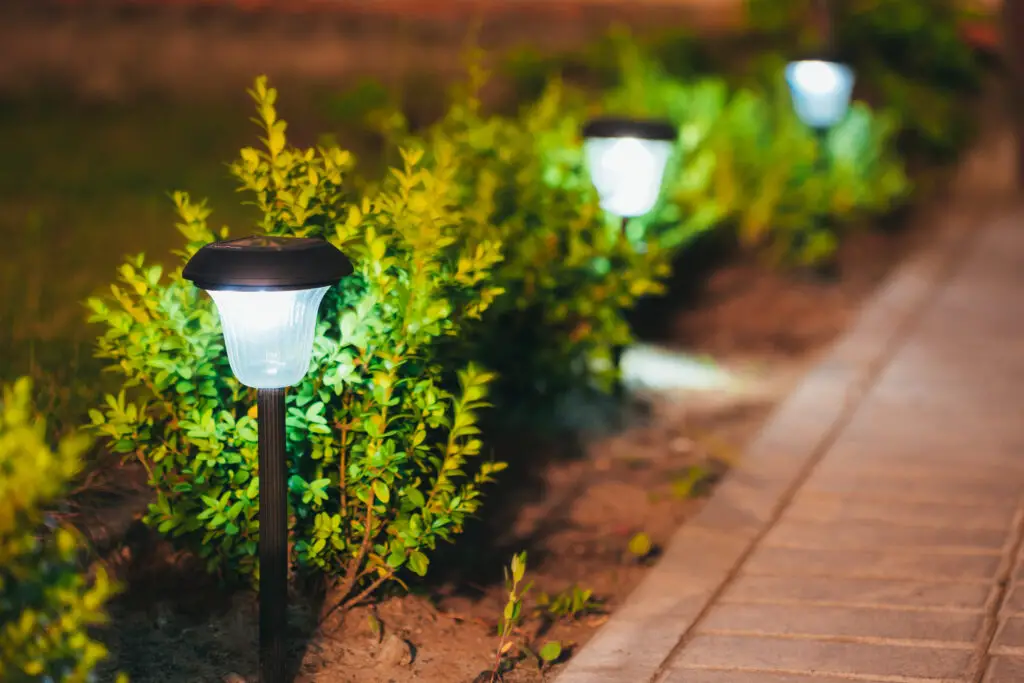
Outdoor lighting does more than just improve visibility—it adds a sense of drama and elegance to your yard. Low-voltage or solar-powered lights are energy-efficient and easy to install, making them a practical upgrade. This Old House suggests positioning lights along walkways, driveways, or near landscape features creates a warm and welcoming ambiance.
You can also use lighting to highlight focal points, like a favorite tree or garden sculpture, giving your landscape depth and dimension at night. Soft illumination adds curb appeal and a sense of safety, which can even increase your home’s value. It’s a small detail that has a big impact.
3. Use Symmetry

Symmetry in landscaping adds balance and sophistication to your home’s exterior, says Houzz. Whether it’s matching planters on either side of your front door or evenly spaced shrubs flanking a walkway, symmetrical designs naturally draw the eye and make your entrance feel grand. This classic design principle is often seen in upscale homes and estates.
You don’t need to overdo it—just a few symmetrical elements can make a huge difference. Even a symmetrical flowerbed layout or evenly spaced outdoor lights can make your yard look more professionally designed. The key is to create visual harmony that enhances the overall structure of your landscape.
4. Add a Layer of Mulch
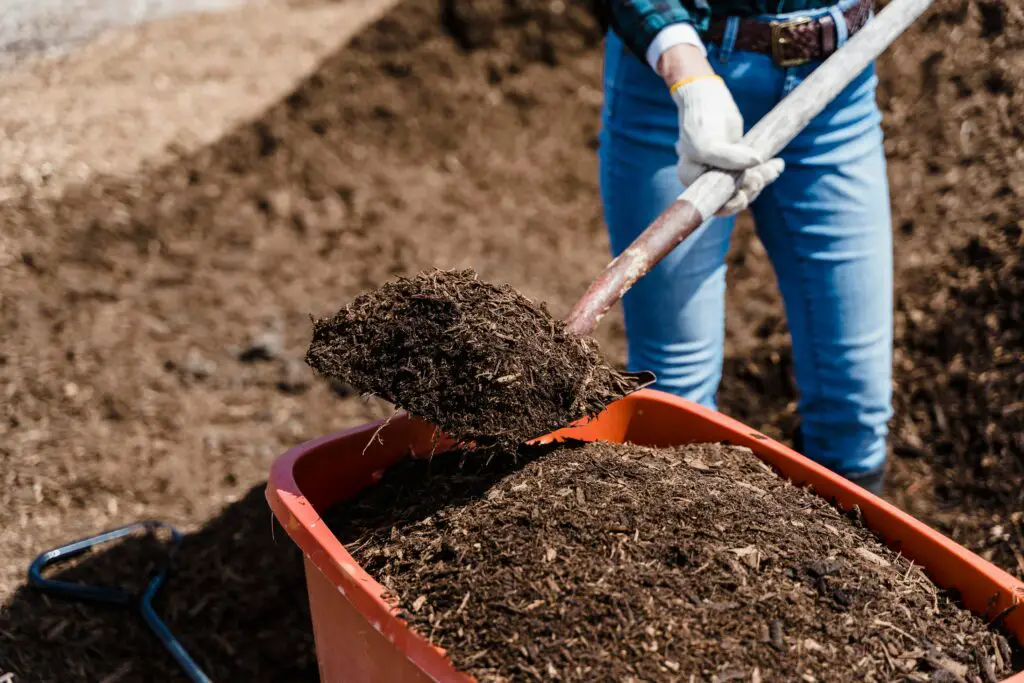
A fresh layer of mulch instantly gives your garden beds a cleaner, more polished appearance. It acts as a backdrop for your plants, allowing their colors and textures to pop. But mulch isn’t just decorative—it helps retain moisture and regulates soil temperature, which keeps your plants healthier, according to Home Depot.
Additionally, mulch suppresses weed growth, reducing maintenance and giving your beds a consistently tidy look. Whether you choose bark, wood chips, or dyed mulch, the contrast between the mulch and your plants adds dimension and a high-end feel. Refreshing mulch seasonally keeps everything looking crisp and well-tended.
5. Define Garden Beds
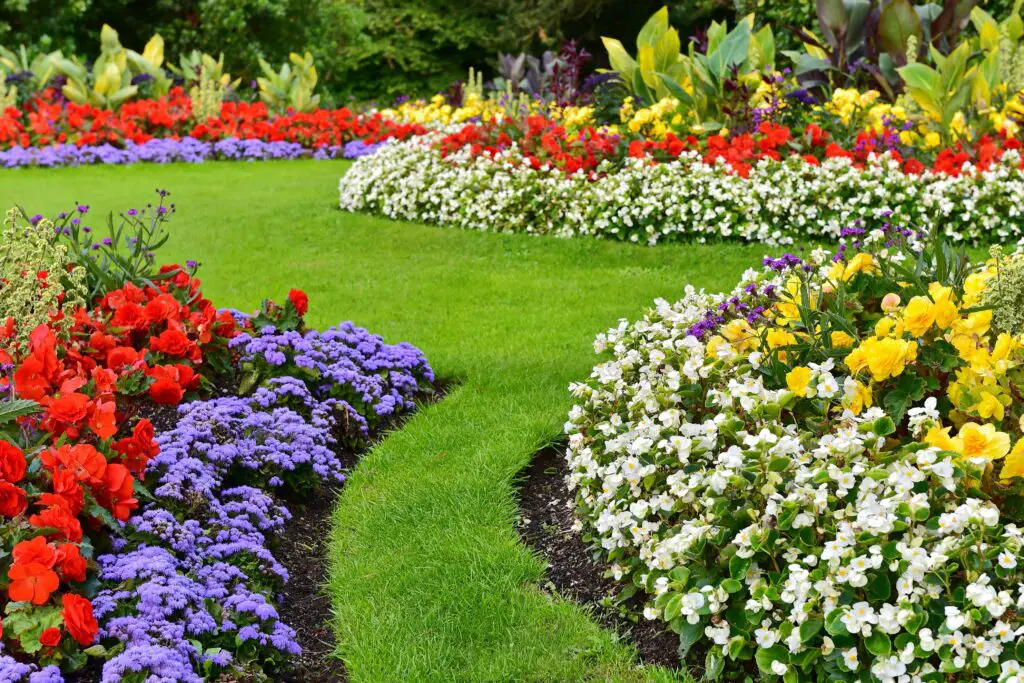
Crisp, defined edges between lawn and garden beds create an immediate impression of luxury and care. Using bricks, stones, or metal edging adds a clear boundary that elevates your landscape’s design. It’s a professional touch that makes even the most modest garden look more structured.
Defined garden beds also make maintenance easier by keeping grass from creeping into planting areas. They visually separate different elements of your yard, guiding the eye and giving the entire space a well-planned look. Think of edging as the finishing touch that frames your landscape beautifully.
6. Keep Grass Trimmed and Healthy
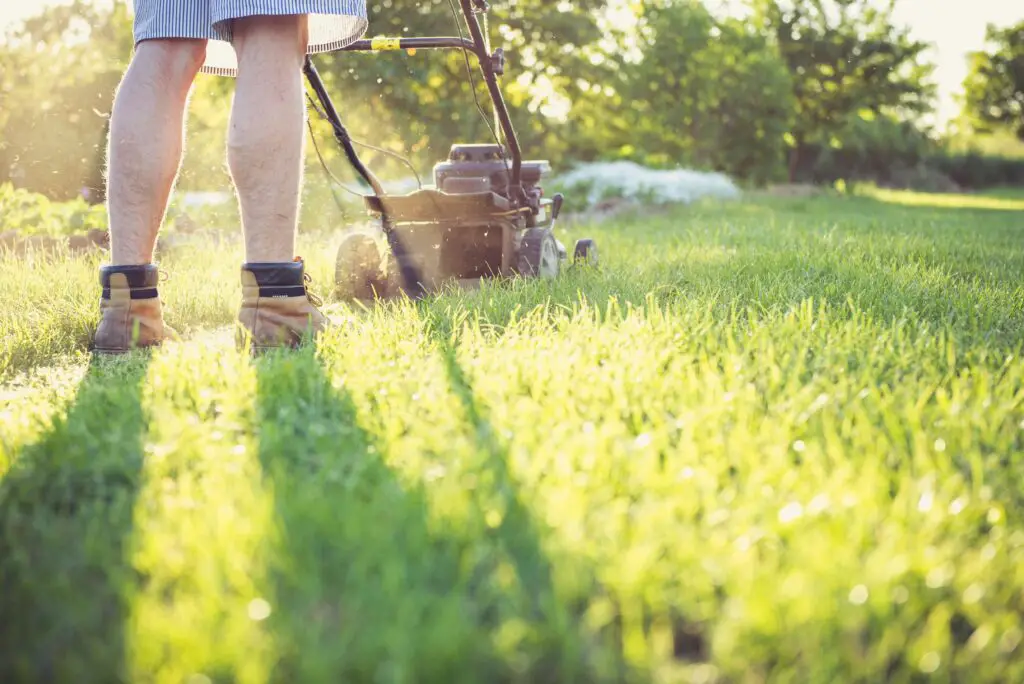
A lush, green lawn is one of the most noticeable indicators of a well-maintained home. Regular mowing, watering, and seasonal fertilization can go a long way in making your yard feel manicured and inviting. Even if your landscaping is simple, a healthy lawn makes everything look more put together.
In addition to regular maintenance, consider overseeding or aerating once a year to improve density and root health. Brown patches or weedy areas can undermine all your other efforts, so keeping the grass in top condition sets the tone for the rest of your property. A great lawn never goes out of style.
7. Add Decorative Pathways
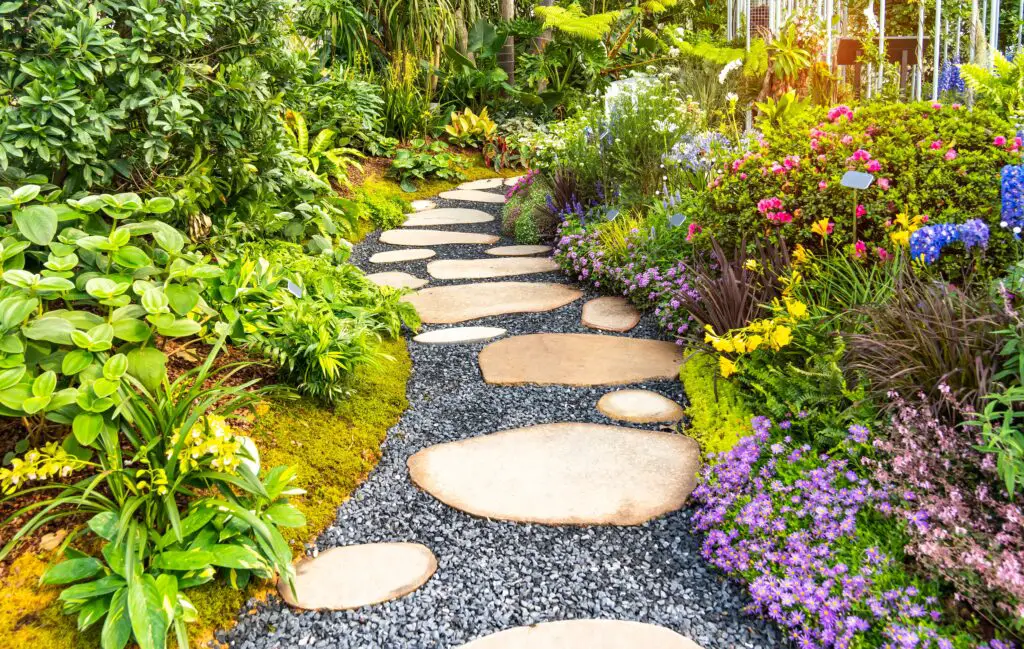
Pathways do more than provide a practical route—they also help organize your yard and add charm. Whether made of stone, brick, or gravel, decorative walkways break up large lawn areas and guide guests through your landscape. A well-laid path adds both function and beauty.
You can use pathways to lead to a garden bench, patio, or even a hidden seating nook. Edging the path with flowers or low shrubs further enhances the design and makes your yard feel like a curated space. Think of pathways as the connective tissue that brings all your outdoor elements together.
8. Incorporate Vertical Elements

Vertical features like trellises, arbors, and pergolas introduce height and depth to your landscape design. These structures can make small yards feel larger by drawing the eye upward. They also provide support for climbing plants like roses or clematis, adding color and texture in unexpected places.
In addition to their beauty, vertical elements can help define spaces or create privacy. A well-placed arbor can frame a garden entrance, while a trellis can soften the look of a blank wall or fence. These additions add dimension and sophistication without taking up much ground space.
9. Use Planters for Visual Interest
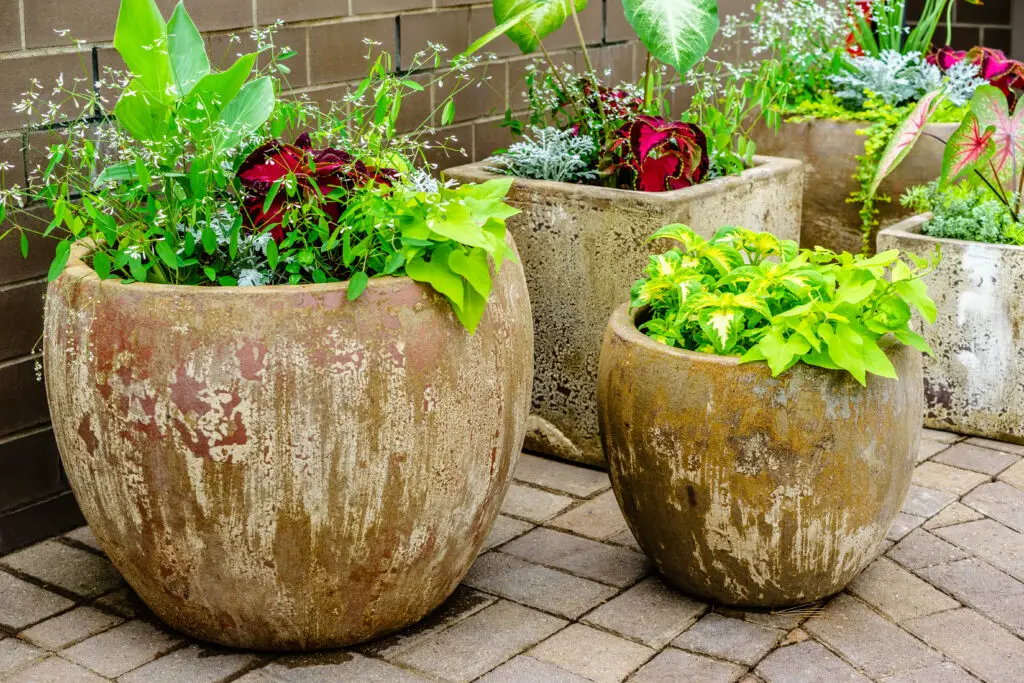
Planters are an easy way to introduce color, texture, and seasonal variety to your landscape. Large pots near the entryway, along walkways, or on porches create focal points and visual anchors. Choose containers that complement your home’s color palette and architectural style for a cohesive look.
Rotate plantings seasonally to keep things fresh—think tulips in spring, petunias in summer, and ornamental kale in fall. Planters can also be used to add greenery in areas where in-ground planting isn’t possible, like patios or decks. The added height and structure make any outdoor space feel thoughtfully styled.
10. Add Shrubs or Hedges for Structure
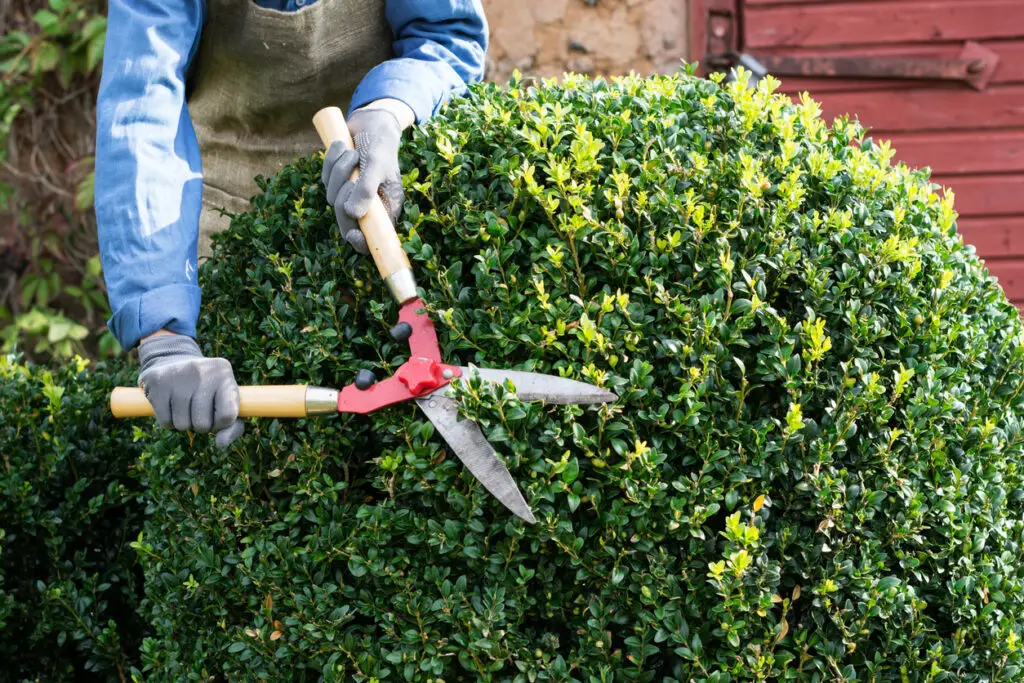
Shrubs and hedges offer form and definition to your landscaping, creating natural borders and guiding the eye. Boxwood, holly, and yew are popular options that can be trimmed into clean lines or soft shapes, depending on your style. They help break up open spaces and provide visual weight.
When strategically placed, shrubs can also add privacy or conceal less attractive areas like utility boxes or air conditioning units. Hedges, in particular, can form a living wall that adds elegance and a touch of seclusion. With regular maintenance, they offer a timeless and upscale touch.
11. Choose a Focal Point
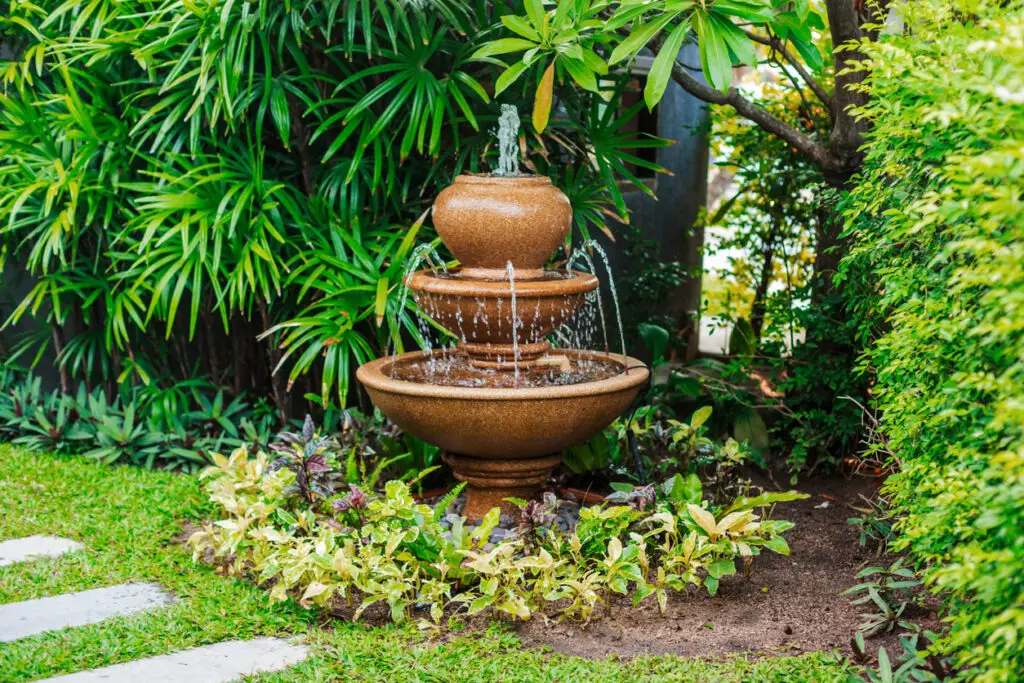
Every great landscape has a standout element that draws attention and sets the tone. Whether it’s a blooming tree, a small fountain, or a piece of garden art, a focal point provides a visual anchor. It gives the eye somewhere to land and helps create a sense of purpose in your design.
Placing the focal point strategically—like at the end of a path or in the center of a circular garden bed—amplifies its impact. It should complement your home’s architecture and the surrounding landscape, not overwhelm it. When done right, a focal point ties everything together like a finishing flourish.
12. Go for Evergreens
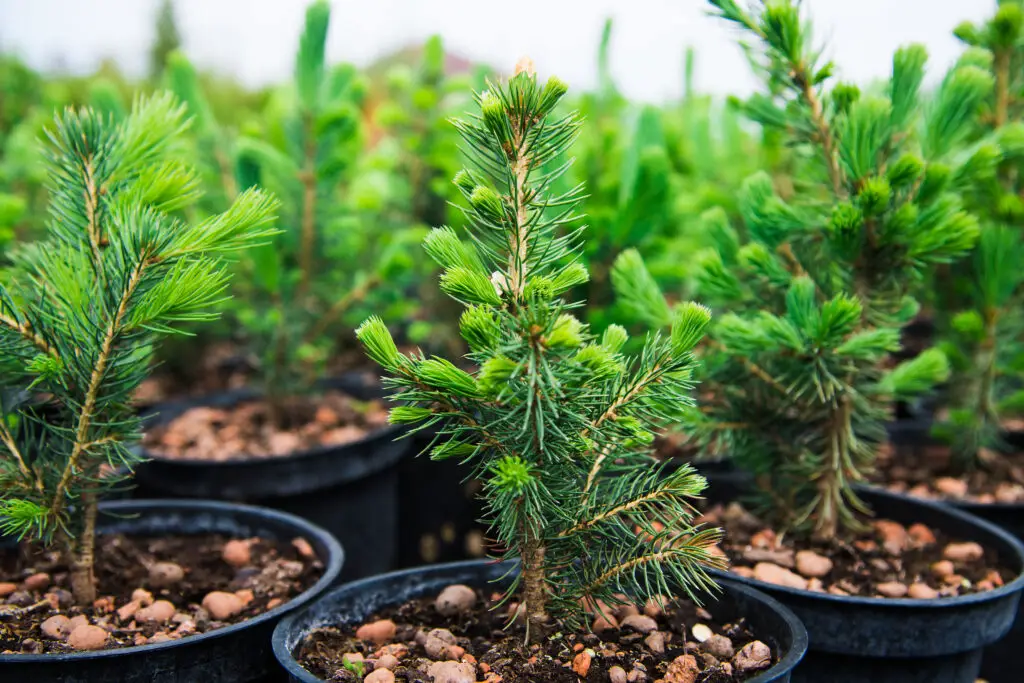
Evergreens keep your landscape looking full and green even when other plants are bare. They’re perfect for creating structure and year-round appeal, whether in the form of low-growing shrubs, tall screening trees, or tidy foundation plantings. Their rich tones add depth and contrast to flowering plants.
Incorporating evergreens ensures your yard never looks empty, even in winter. Mixing different shapes and sizes—like tall arborvitae with rounded boxwood—adds visual interest and keeps things from feeling too uniform. They’re the quiet heroes of a luxurious-looking yard.
13. Add Flower Borders
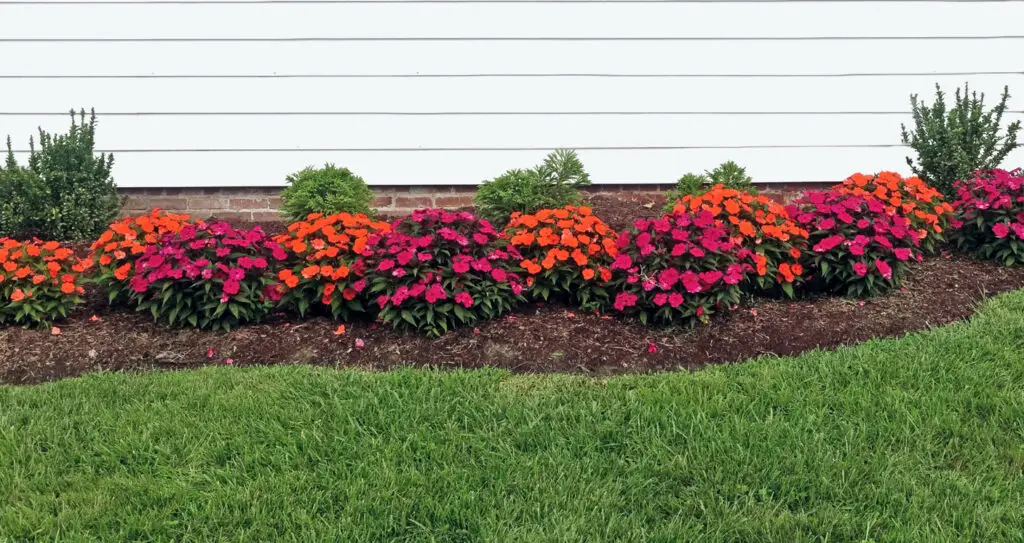
Flower borders are a charming and effective way to soften the edges of paths, fences, or patios. When planted with complementary colors and varying heights, they create a lush, layered look that feels both intentional and inviting. Think of them as the decorative trim of your garden design.
Well-maintained flower borders add vibrancy and movement to your landscape. You can use them to define areas or add pops of color in an otherwise neutral space. Keep them trimmed and healthy, and they’ll elevate your curb appeal all season long with minimal effort.
